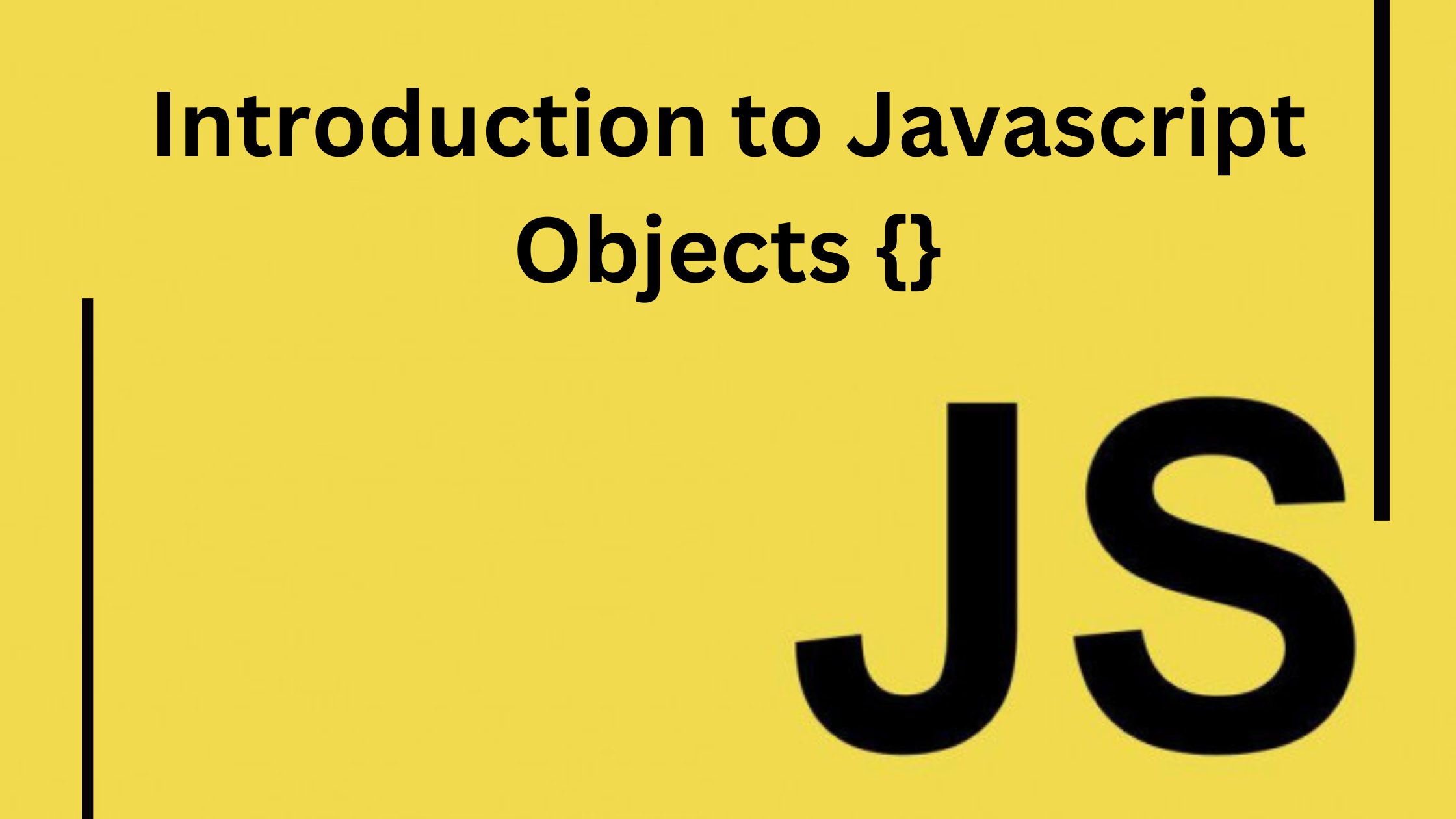JavaScript Objects
 Jay Kumar Gupta
Jay Kumar Gupta
Introduction to the JavaScript objects
In JavaScript, an object is an unordered collection of KEY-VALUE pairs. They can be seen as a collection of properties.
The** key** can be a string and the value can be of any data-type eg: a string, an array, a number or even a function.
Creating objects
JavaScript provides us various ways to create an object.The most commonly used is the using an object literal.
An object literal uses { } to create an object directly. We write multiple properties using comma(,) operator.
We can also add , to the last property , however it's optional to do so.
The following example illustrates the following:
const person = {
// Key: value pair
name: "Jay Gupta",
age: 21,
country: 'India',
};
console.log(person);
Output:
{ name: "Jay Gupta", age: 21, country: 'India',}
Here we are creating an object person with the properties as :name: "Jay Gupta" age: 21, country: 'India'.
Accessing properties of objects
We can access the properties in two ways:
1.Dot notation:
Syntax: objectName.propertyName
Example: person.name
From the above person object we can access the properties as:
console.log(person.name);
console.log(person.age);
Output:
Jay Gupta
21
But when a property name contains spaces, we cannot use the Dot operator. We use the array-like notation.
2.Array-like notation:
Syntax: objectName['propertyName']
The string inside the square brackets should be** properly quoted**(any type of quotes).
Example: person['Date of birth']
const person = {
name: "Jay Gupta",
age: 21,
country:'India',
'Date of birth': '20/11/2001',
};
console.log(person['Date of birth']);
Output:
20/11/2001
We cannot access the 'Date of birth': '20/11/2001' using the Dot operator.
console.log(person.'Date of birth'); //SyntaxError
The Array-like notation also provides a way to obtain the property name as the result of any expression.
Example: If we want to take input from the user?Then we can use this notation.
const input = prompt('What do you want to know?');
console.log(person[input]); //let input = name
Output:
Jay Gupta
Example for having an array and a function as key in the object.
const person = {
name: "Jay Gupta",
//function
age: function (birthYear,currentYear) {
return currentYear - birthYear ;
},
//Array
friends: ['Janhvi','Kushal','Aman'],
};
console.log(person.age(2001,2022));
console.log(person.friends);
Output:
21
(3) ['Janhvi','Kushal','Aman']
Modifying object property
We can modify the value of a property by the assignment operator(=), by accessing the property and assigning the new value to it.
**Syntax: ** objectName.propertyName =' newValue'
Example: If we need to change the name of the object person we can do this:
person.name = 'Jay';
Adding new property
We can add new property to an object by the following syntax:
**Syntax: ** objectName.newPropertyName =' Value'
For example if we need to add the 'city' property to the object person:
person.city = 'Durg';
Deleting a property
We can delete a property by using the delete operator.
Syntax: delete objectName.propertyName
For example if we have to delete the 'city'property which we added before.
delete person.city;
Thanks for reading 😃
I hope you got to learn something from this article. You can find me on Twitter | LinkedIn , I would love to connect with you.
Let me know in the comment section if you have any doubt or feedback.
Subscribe to my newsletter
Read articles from Jay Kumar Gupta directly inside your inbox. Subscribe to the newsletter, and don't miss out.
Written by

Jay Kumar Gupta
Jay Kumar Gupta
👋 Hello Hashnode Community! I'm Jay Kumar Gupta, a 2024 Computer Science graduate with a passion for building robust and scalable web applications. 🎓 Skilled in MERN stack (MongoDB, Express.js, React.js, Node.js), PostgreSQL, Next.js, and TypeScript, I’m continuously honing my expertise by working on modern, efficient projects that solve real-world problems. 🚀